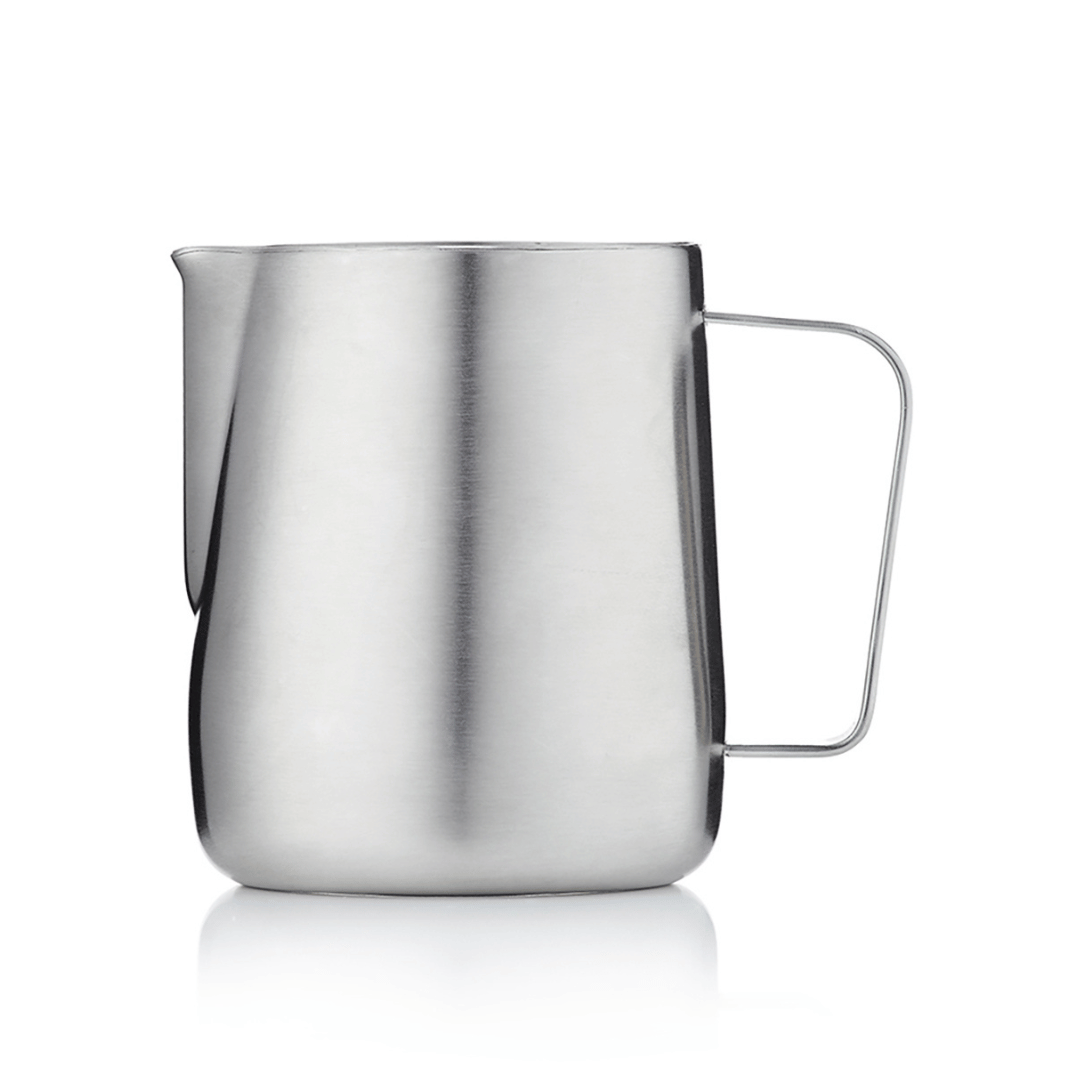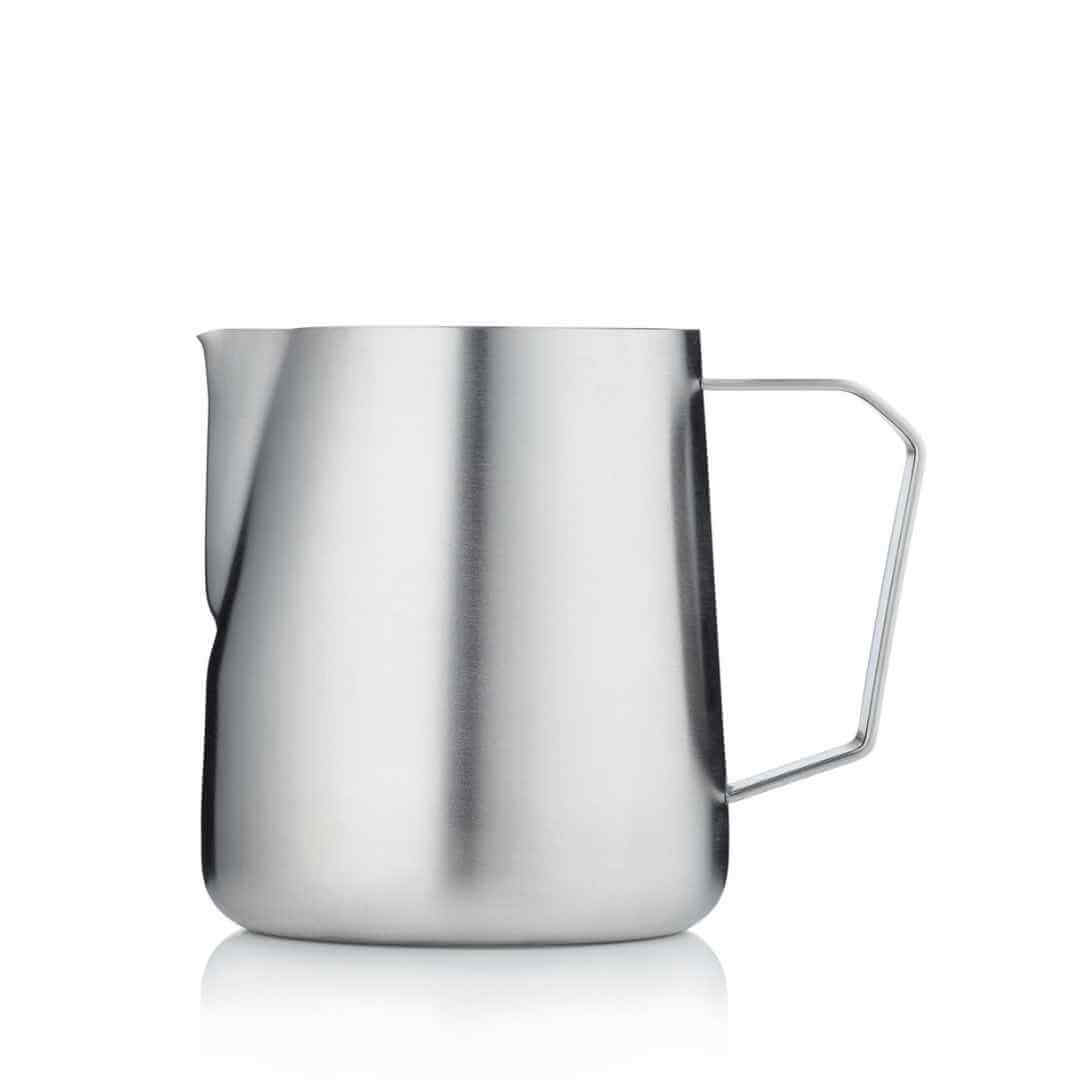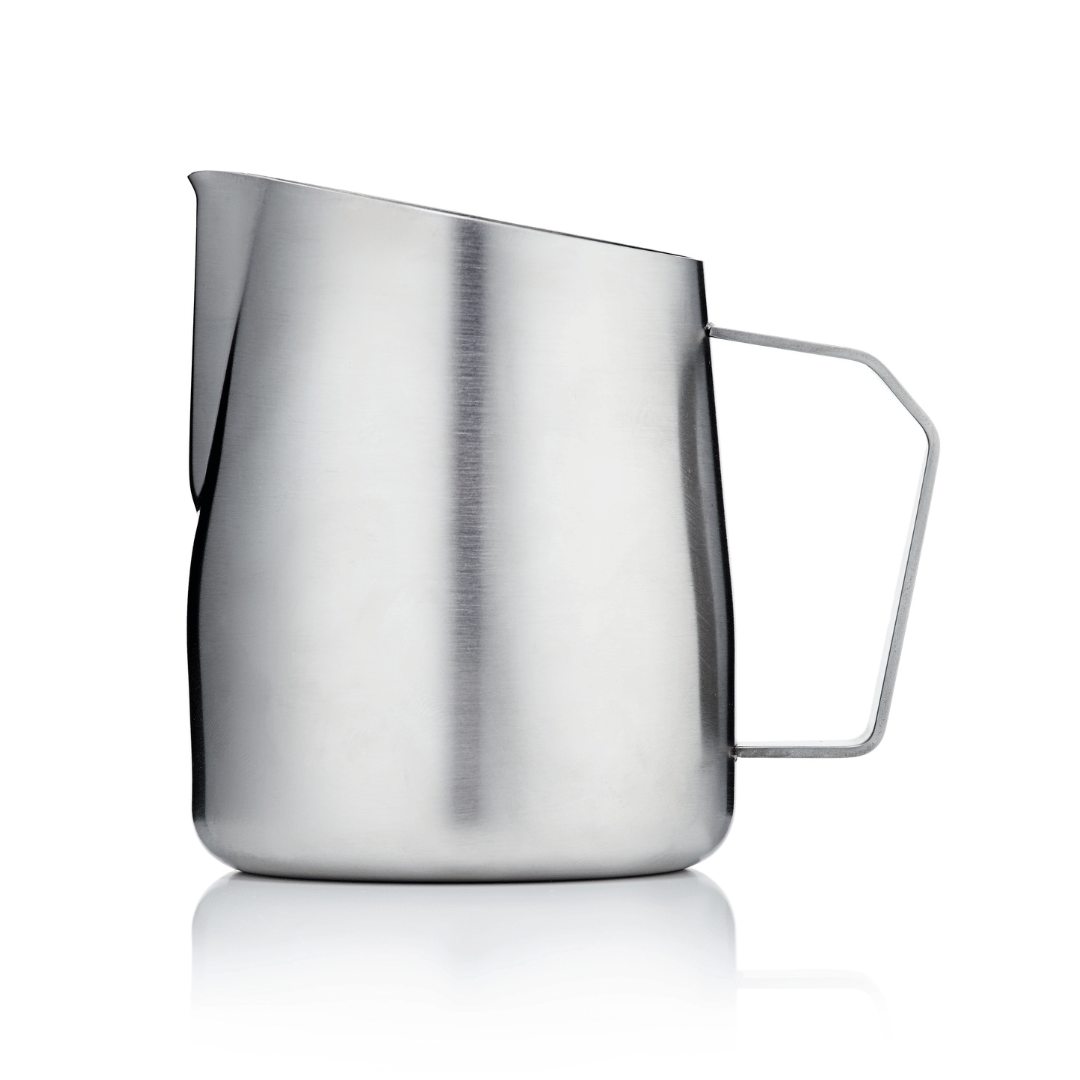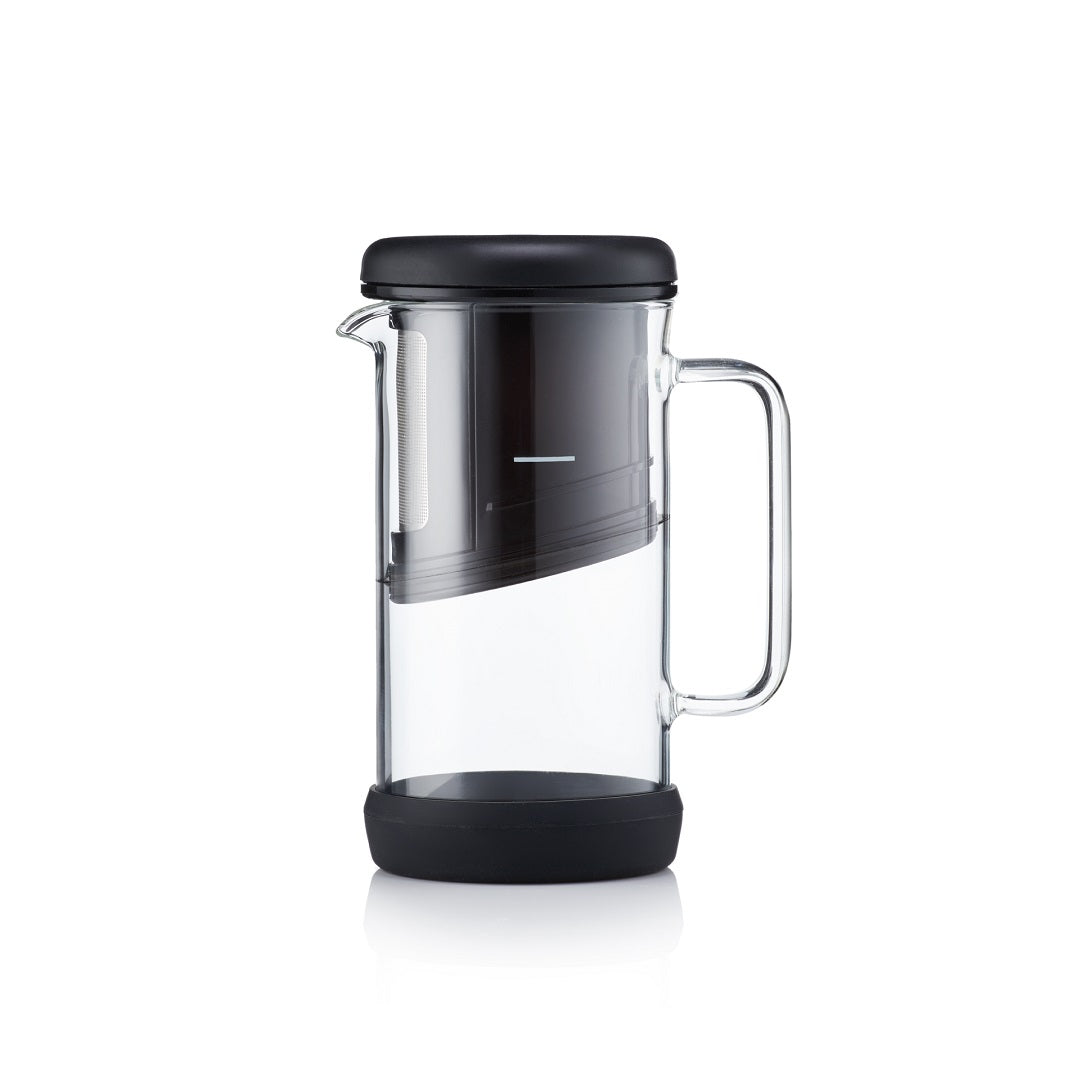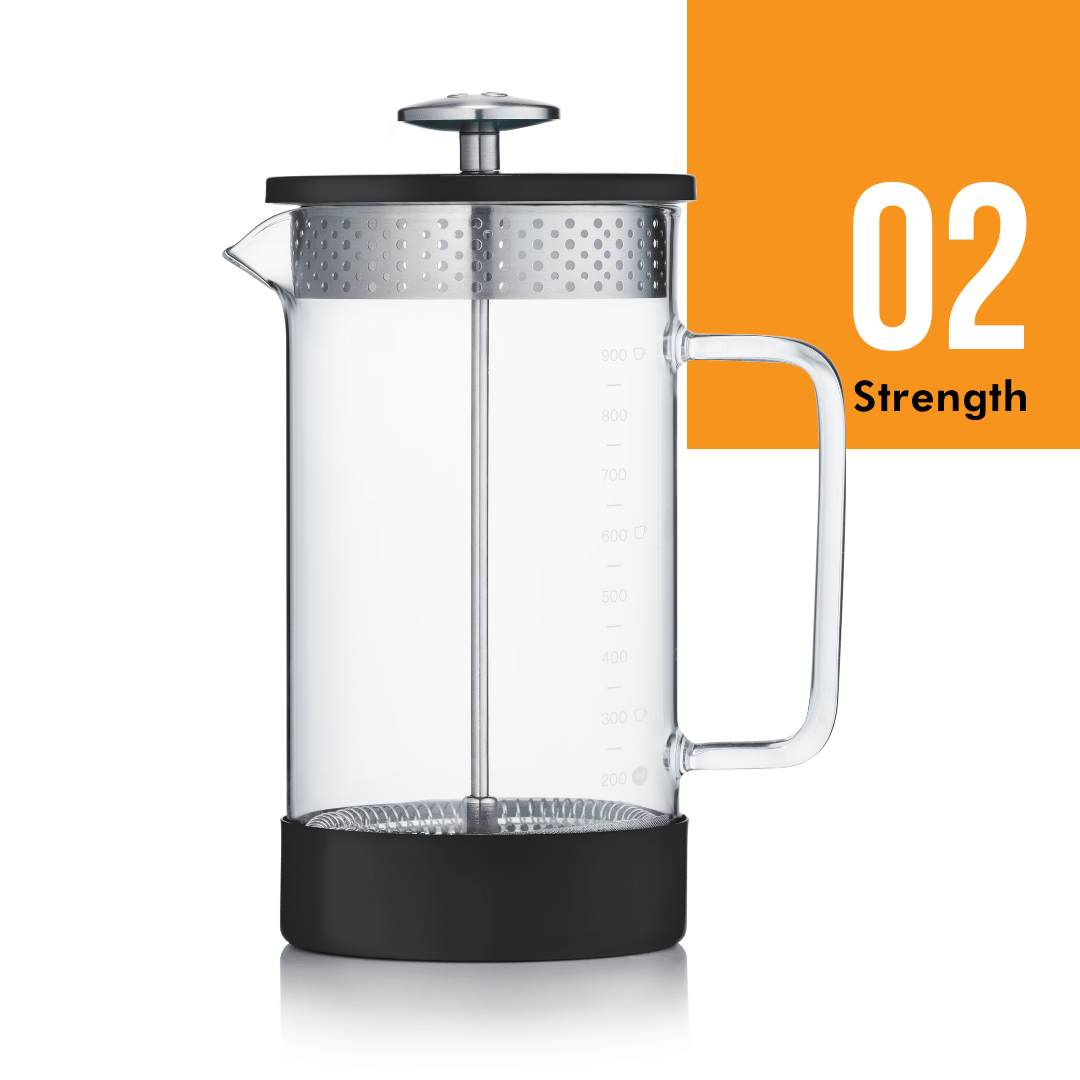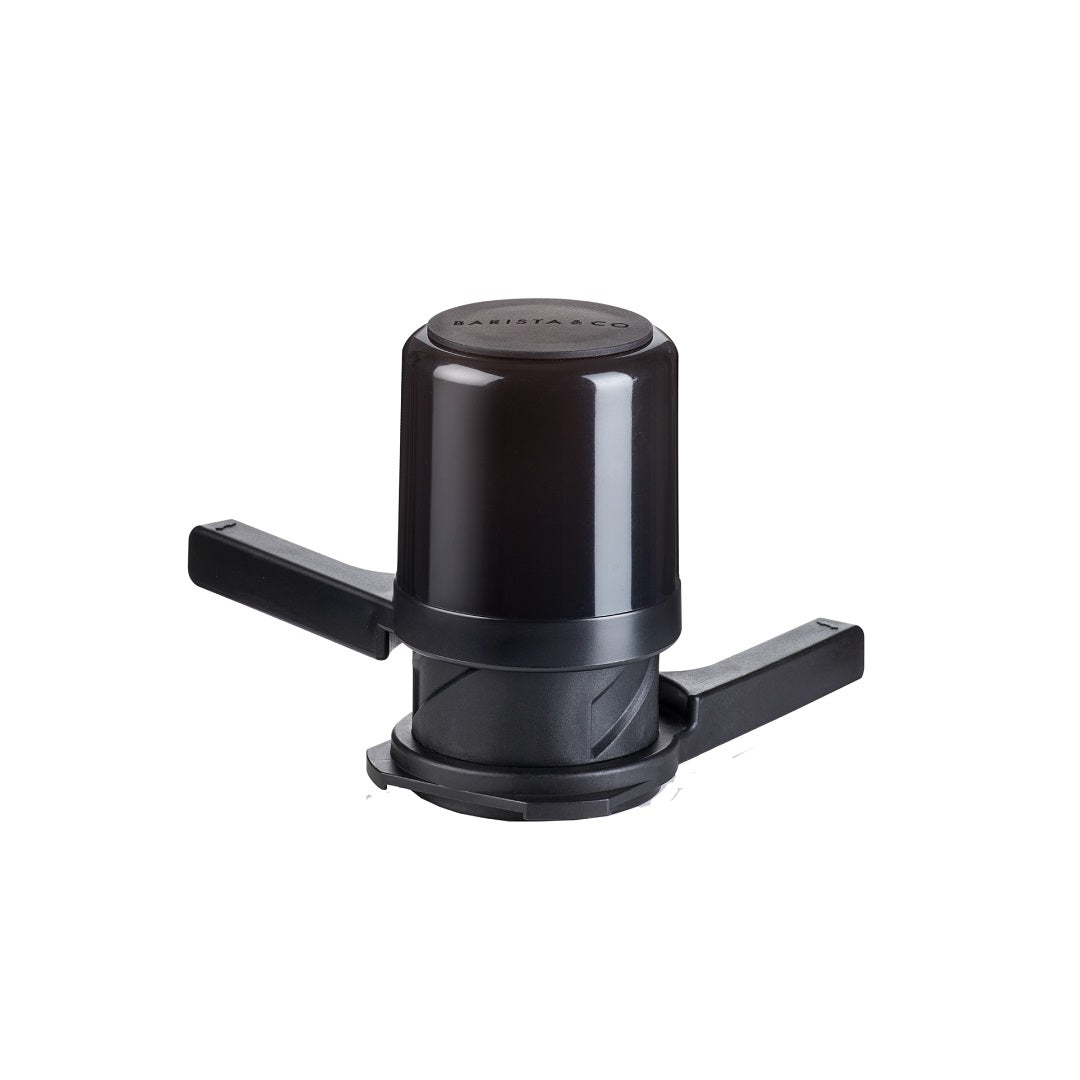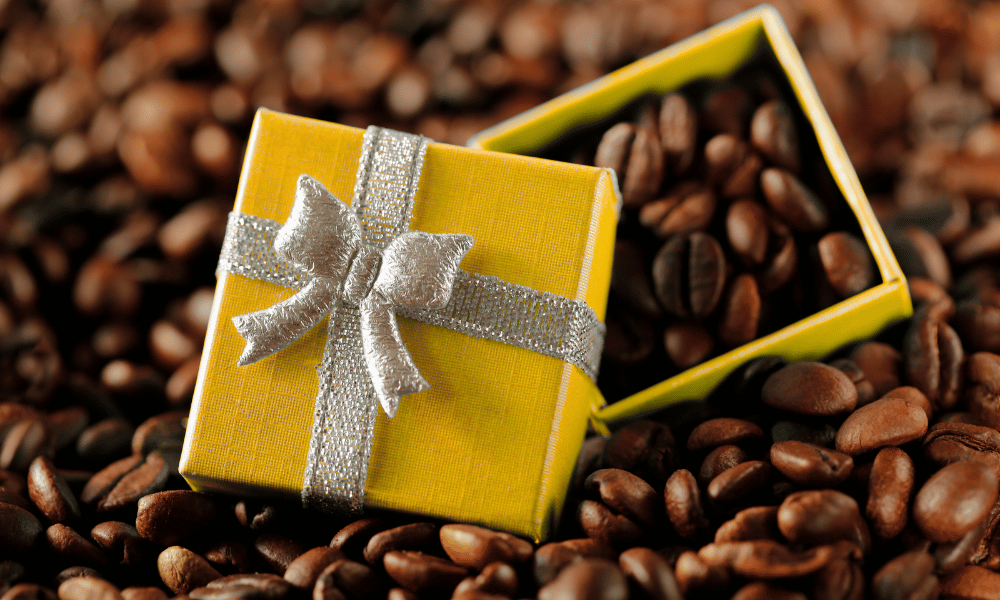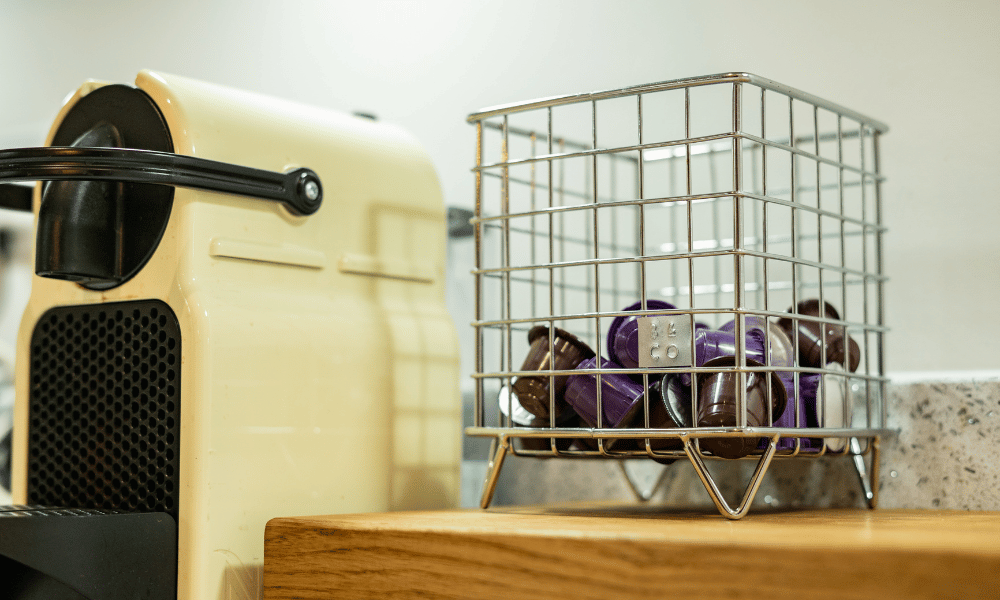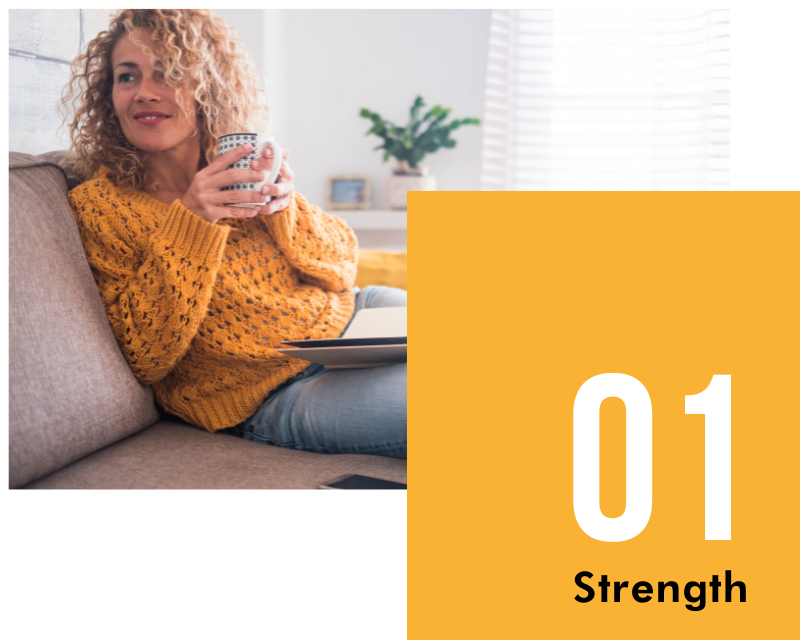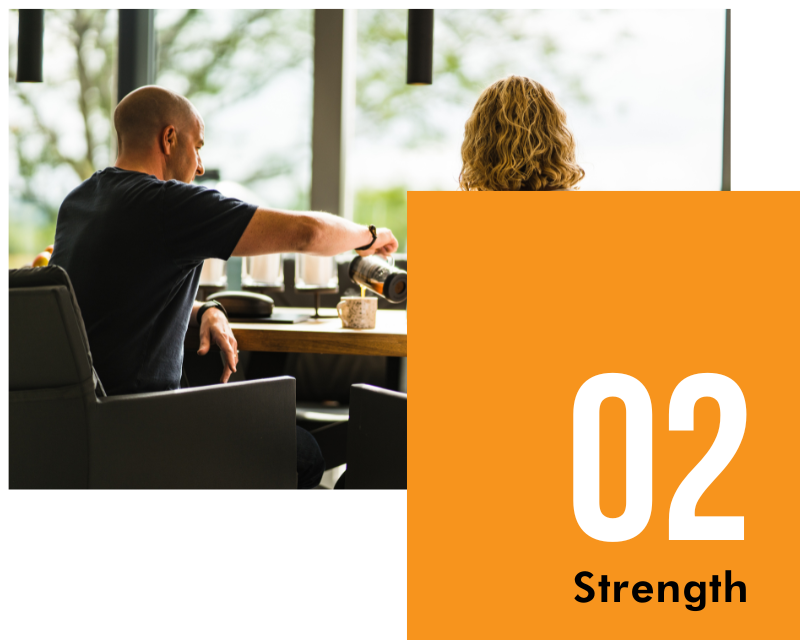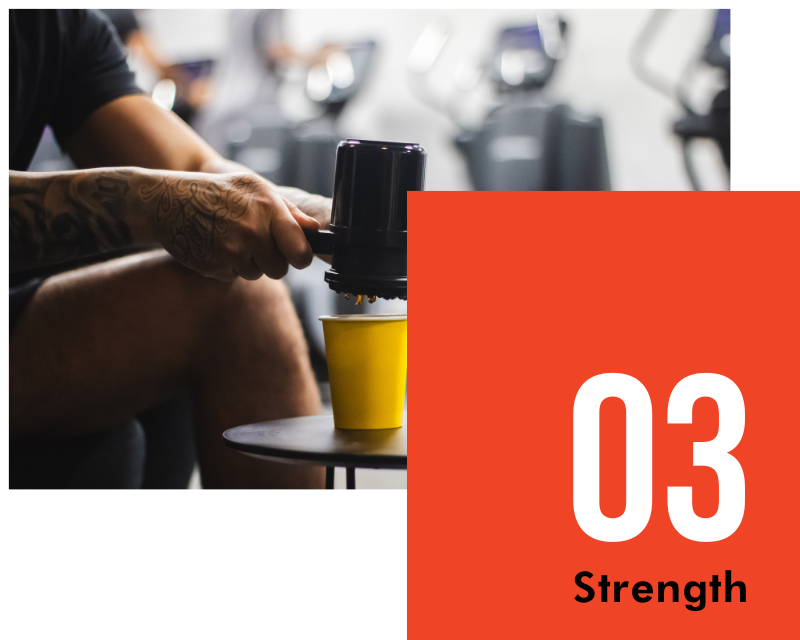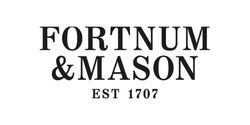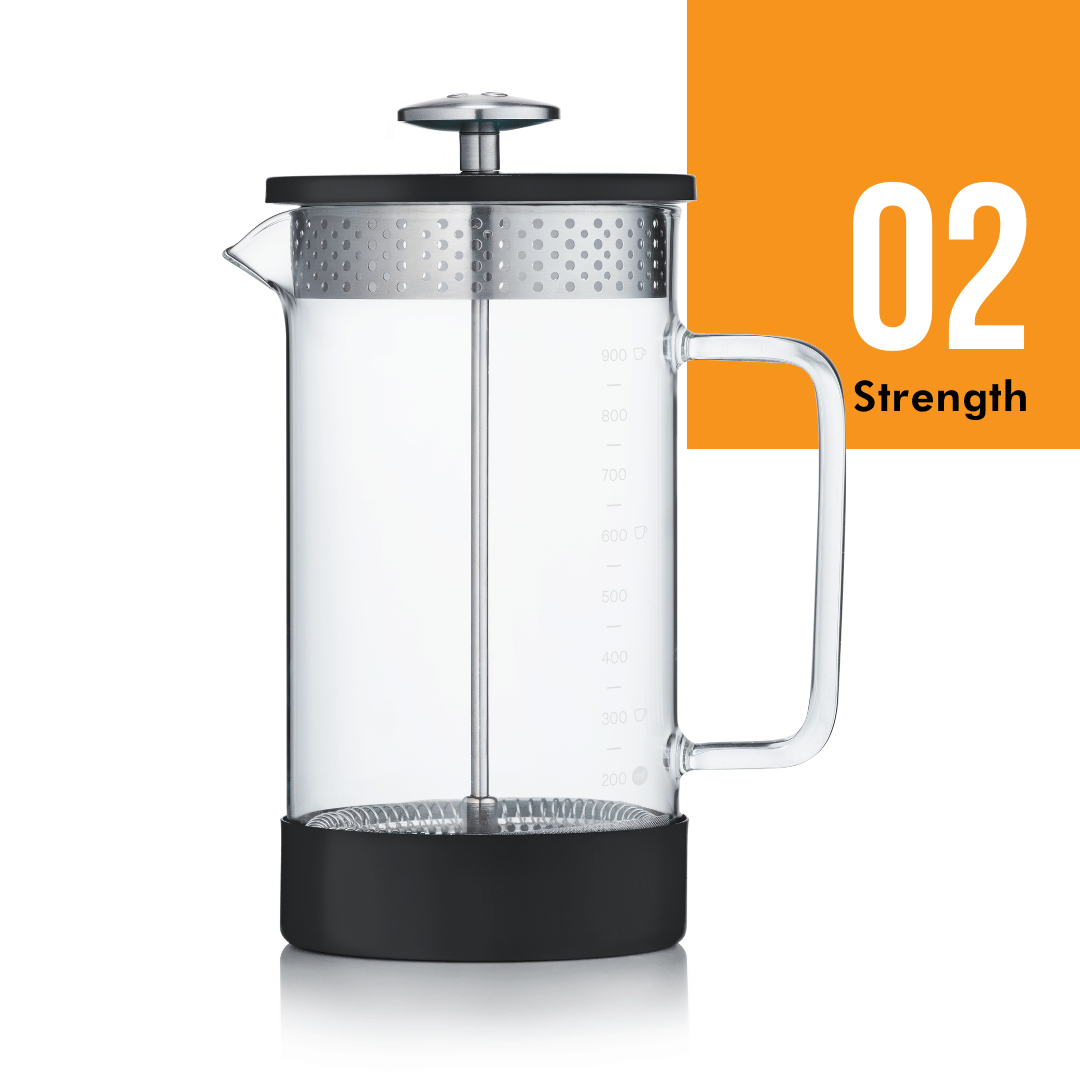Our Filter Coffee Makers
What type of coffee do you enjoy? That's the question we always start with... And no two answers are ever the same. That's because your coffee is personal, and your coffee maker should be too.
Our Brew Guide features five innovative filter coffee makers tailored to the type of coffee you enjoy drinking. We've categorised them by strength to help you choose the right one.
Designed for people that are conscious of their caffeine intake, our mild filter coffee makers are easy to use.
A collection of filter coffee makers that brew a medium strength cup of coffee, perfect for home or at work.
Our strongest filter coffee makers, compact and portable for when you need a quick caffeine hit.
Strong Brew
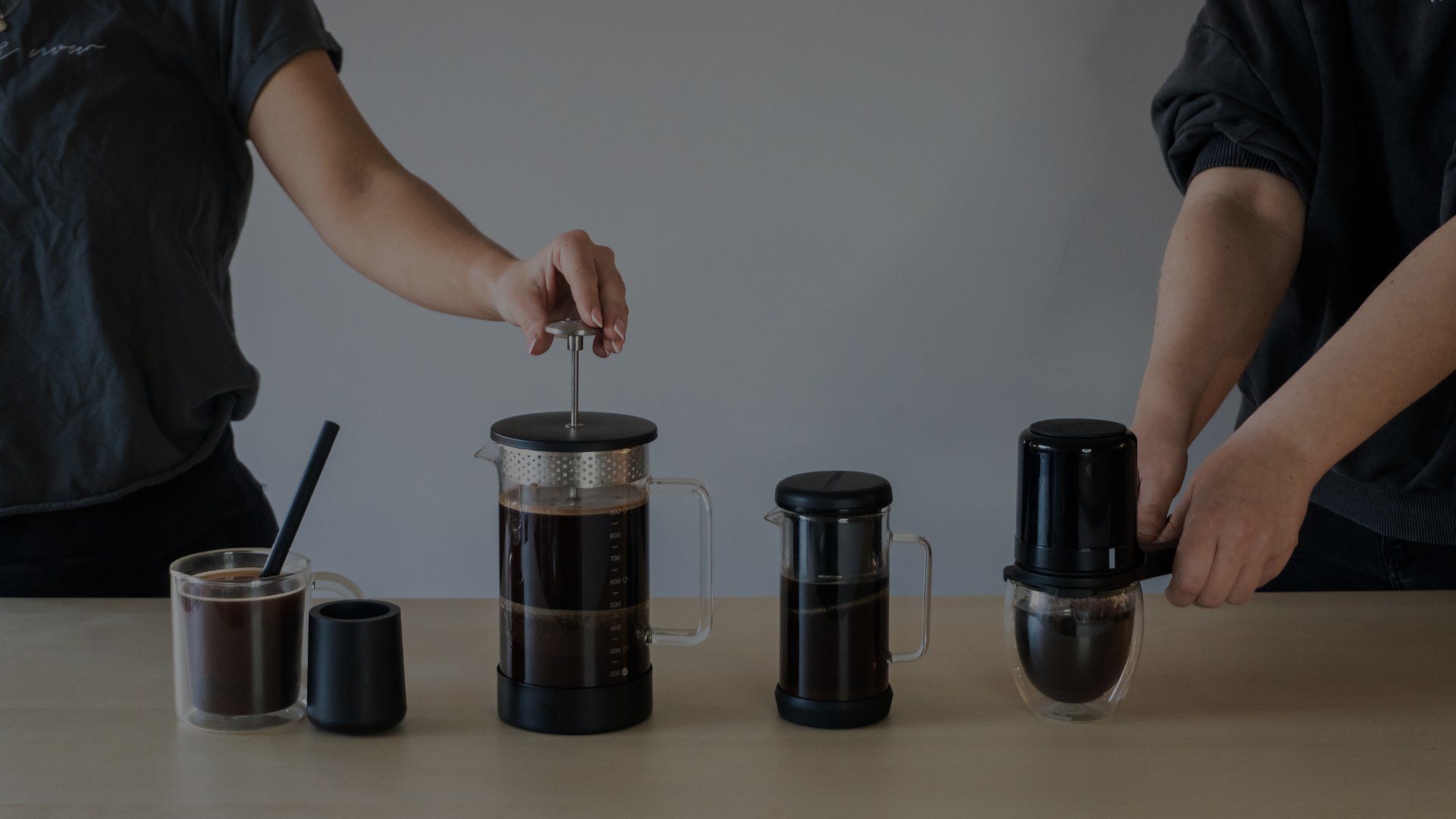
The Coffee Maker Quiz
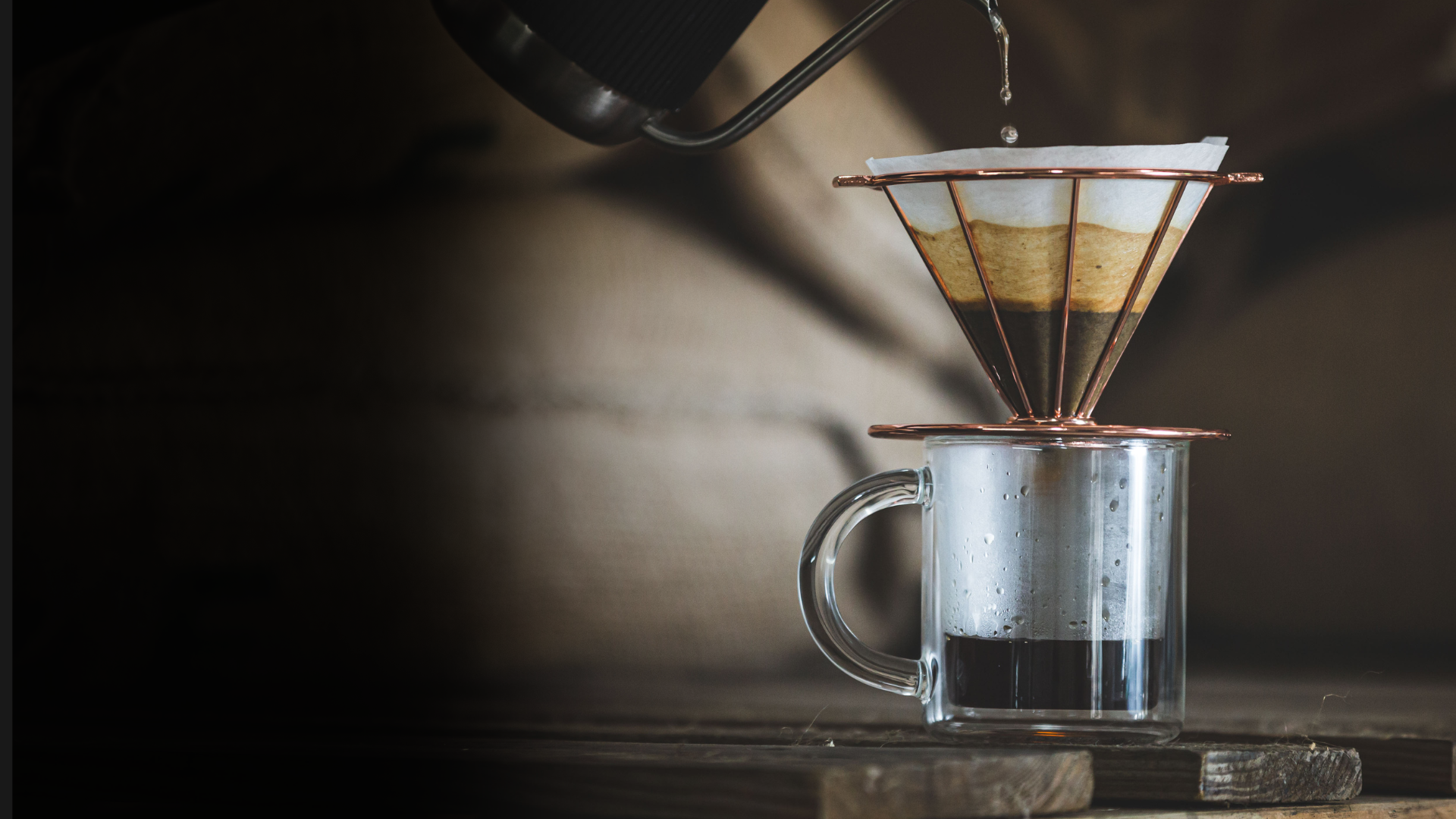
Barista & Co
Watch and Learn
Our Youtube channel is packed with tutorials to help you brew a better cup of coffee at home.
COFFEE TASTES BETTER WITH BARISTA & CO
By asking questions and drinking a lot of coffee, we've been able to develop 5 iconic coffee makers that sit along a strength scale. With all this in mind, there's only one thing left to ask...
How do you take your coffee?
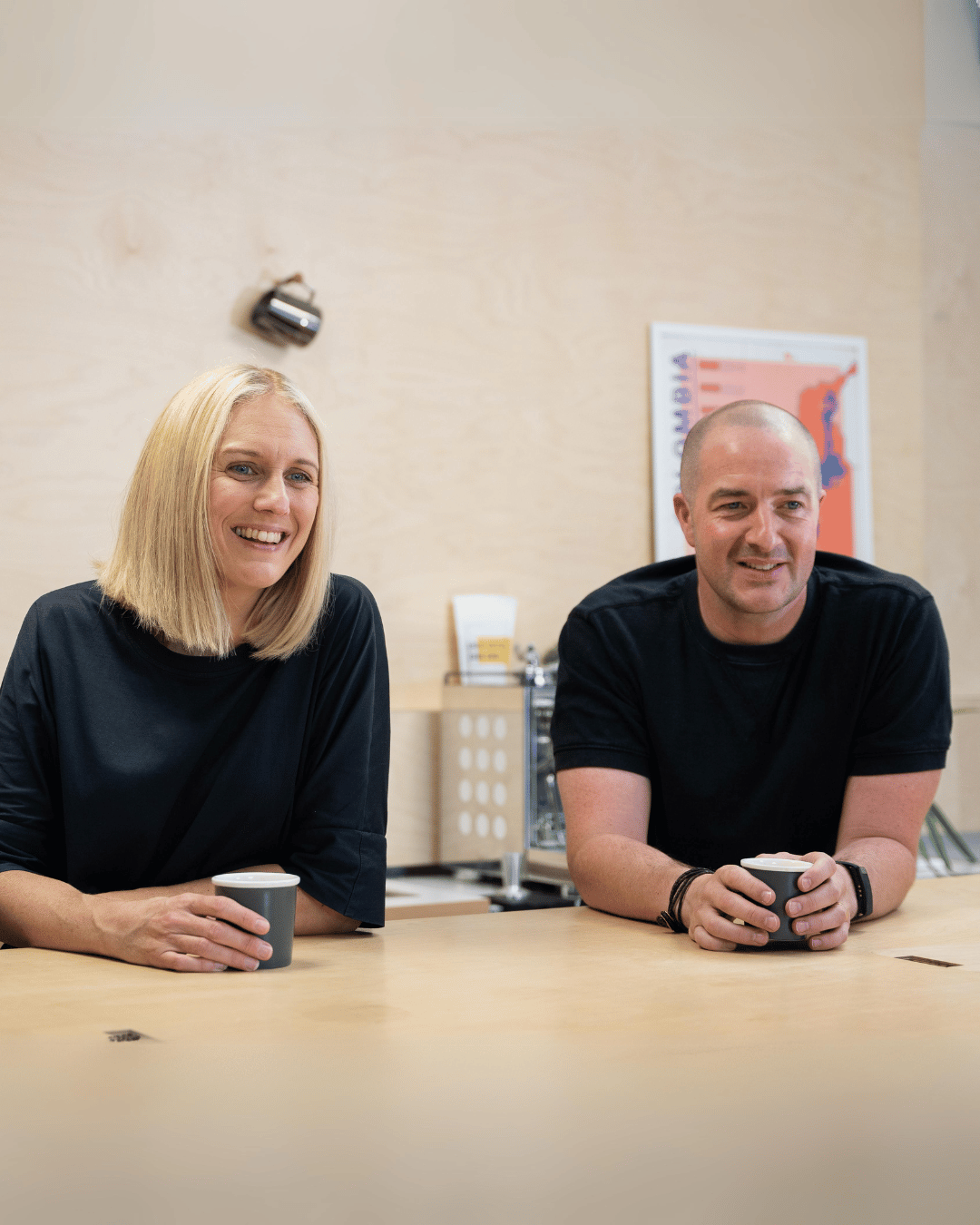
Frequently Asked Questions
Before you choose your coffee maker, take a look at some of the most frequently asked questions below. This will help you find a coffee maker that suits the style of brew you enjoy drinking at home or at work.
Immersion brewing is a method where coffee grounds are fully immersed in water, allowing for an extended extraction period. Notable examples include the French press and AeroPress. During immersion brewing, coarsely ground coffee steeped in hot water for several minutes results in a fuller body and a richer flavour profile. This method allows for more control over variables such as water temperature, steeping time, and coffee-to-water ratio.
The French press, characterized by its plunging mechanism, and the AeroPress, which involves pressing coffee through a filter, are popular choices for immersion brewing. The extended contact time enhances the extraction of flavours, resulting in a well-rounded and deep taste. While immersion brewing provides flexibility and control over the brewing process, it can also lead to a cup with more sediment compared to other methods.
In summary, immersion brewing offers a unique approach to coffee preparation, allowing enthusiasts to tailor their brews for a more pronounced and savoury coffee experience. Whether using a French press or an AeroPress, the method is appreciated for its ability to highlight the rich flavours inherent in the coffee beans.
The main differences between filter coffee and espresso lie in the brewing methods, grind size, extraction time, and the resulting flavour profiles. Here's a concise overview:
Filter Coffee:
- Brewing Method: In filter coffee, hot water slowly drips or pours over coarsely ground coffee beans, usually using a drip coffee maker, pour-over, or other filter-based methods.
- Grind Size: Medium to coarse grind is typically used to prevent over-extraction during the longer brewing time.
- Extraction Time: Filter coffee has a longer extraction time, usually a few minutes, allowing for a gradual release of flavours.
- Flavour Profile: Filter coffee tends to have a smoother and lighter body, showcasing a wider range of nuanced flavours present in the coffee beans. The process emphasizes clarity and subtlety in taste.
Espresso:
- Brewing Method: Espresso is made by forcing hot water through finely ground coffee at high pressure using an espresso machine.
- Grind Size: Espresso requires a fine grind to facilitate the high-pressure extraction process.
- Extraction Time: The extraction time for espresso is short, usually around 25-30 seconds, resulting in a concentrated and intense shot of coffee.
- Flavour Profile: Espresso is known for its bold, concentrated flavour, often with a thicker crema. It tends to have a more robust and intense character compared to filter coffee.
In summary, the key distinctions between filter coffee and espresso are the brewing method, grind size, extraction time, and the resulting flavour profile. Filter coffee offers a more extended extraction time, producing a smoother and lighter cup, while espresso delivers a quick, intense shot with a bold flavour profile.
For a filter coffee maker, you generally want to use medium-coarse to medium grind coffee. The grind size is important because it determines the extraction rate during brewing. Here are some general guidelines:
- Medium-Coarse Grind:
Aim for a grind size similar to breadcrumbs or coarse sand. This is a good starting point for most drip or filter coffee makers. The larger grind helps prevent over-extraction, resulting in a smoother cup of coffee. - Medium Grind:
If your filter coffee maker has a flat-bottomed or cone-shaped filter, a medium grind may also work well. This is slightly finer than the medium-coarse grind but still coarser than what you'd use for espresso. - Coffee-to-Water Ratio:
Typically, a standard ratio is 1 to 2 tablespoons of coffee per six ounces of water. Adjust this ratio according to your taste preferences, making it stronger or milder as needed. - Quality Coffee Beans:
Use high-quality, freshly roasted coffee beans for the best flavour. The type of coffee beans (Arabica or Robusta) and their origin will also influence the taste of your coffee. - Filtered Water:
Ensure you use clean, filtered water. The quality of water can significantly impact the taste of your coffee.
Always check the specific recommendations for your particular filter coffee maker as grind size preferences may vary slightly between different models. Additionally, feel free to experiment with the grind size and coffee-to-water ratio to find the perfect combination for your taste preferences.
The choice between a metal filter and a paper filter in coffee brewing can significantly impact the taste and characteristics of your coffee. Here are the main differences between the two:
1. Filtering Method:
- Paper Filter:
- Acts as a physical barrier, trapping coffee grounds and most oils.
- Produces a cleaner cup with less sediment.
- Removes some of the natural oils and finer particles, resulting in a lighter-bodied coffee.
- Metal Filter:
- Allows more oils and fine particles to pass through.
- Permits more sediment in the cup, giving a fuller body and sometimes a bolder flavour.
2. Flavour Profile:
- Paper Filter:
- Generally produces a cleaner and brighter cup.
- Filters out some of the oils, which can contribute to a crisper taste.
- Ideal for those who prefer a lighter and less oily coffee.
- Metal Filter:
- Allows more oils and small coffee particles to remain in the final cup.
- Results in a richer, fuller-bodied coffee with more complex flavors.
- Some people find that coffee brewed with a metal filter has a more robust taste.
3. Environmental Impact:
- Paper Filter:
- Generally considered more environmentally friendly as they are disposable and biodegradable.
- However, some paper filters are bleached, which may involve environmental concerns.
- Metal Filter:
- Reusable, reducing waste.
- May have a higher initial environmental impact due to production but becomes more eco-friendly over time with repeated use.
4. Maintenance:
- Paper Filter:
- Convenient and easy to dispose of after use.
- No cleaning required.
- Metal Filter:
- Requires regular cleaning after each use to remove coffee oils and residue.
- Durable and can last a long time if properly maintained.
5. Cost:
- Paper Filter:
- Generally cheaper, but ongoing purchases may add up over time.
- Metal Filter:
- Higher initial cost, but it pays off over time as it is reusable.
Ultimately, the choice between a metal and paper filter comes down to personal preference. Some people prefer the cleaner taste of paper-filtered coffee, while others enjoy the fuller body and richer flavours that come with a metal filter. Experimenting with both can help you determine which one suits your taste preferences best.
To use a French press coffee maker, follow these steps:
- Boil Water:
Start by boiling water. Once boiled, let it sit for a moment to cool slightly, as using boiling water directly can scorch the coffee grounds. - Coffee Grounds:
Coarsely grind your coffee beans. Aim for a coarse consistency to prevent sediment in your coffee. - Add Coffee Grounds:
Add the desired amount of coffee grounds to the French press. A common ratio is 1:15, meaning 1 part coffee to 15 parts water. Adjust to your taste preferences. - Add Water:
Pour the hot water over the coffee grounds. Use a wooden or plastic stirrer to ensure the coffee grounds are fully saturated. - Stir and Bloom:
Stir the coffee-water mixture gently to ensure even saturation. Allow the coffee to bloom for about 30 seconds to release its flavors. - Insert Plunger:
Place the lid on the French press and insert the plunger just above the water level. - Brewing Time:
Let the coffee steep for about 4 minutes. Adjust the brewing time to your taste preferences - a longer brew time can result in a stronger coffee. - Press Down Plunger:
After the brewing time, slowly and steadily press down the plunger. This separates the coffee grounds from the liquid. - Pour and Enjoy:
Pour the brewed coffee into your mug and enjoy! If you're not serving all the coffee at once, transfer the remaining to a thermal carafe to prevent over-extraction.
Remember, the key to a great cup of French press coffee is using quality coffee beans and experimenting with the coffee-to-water ratio and brewing time to find your perfect cup.
If you've got a question about our filter coffee makers that isn't listed above, use our live chat to get more information or send us an email at hello@baristaandco.com. We're a small team but we're always happy to help find you the right coffee maker!




